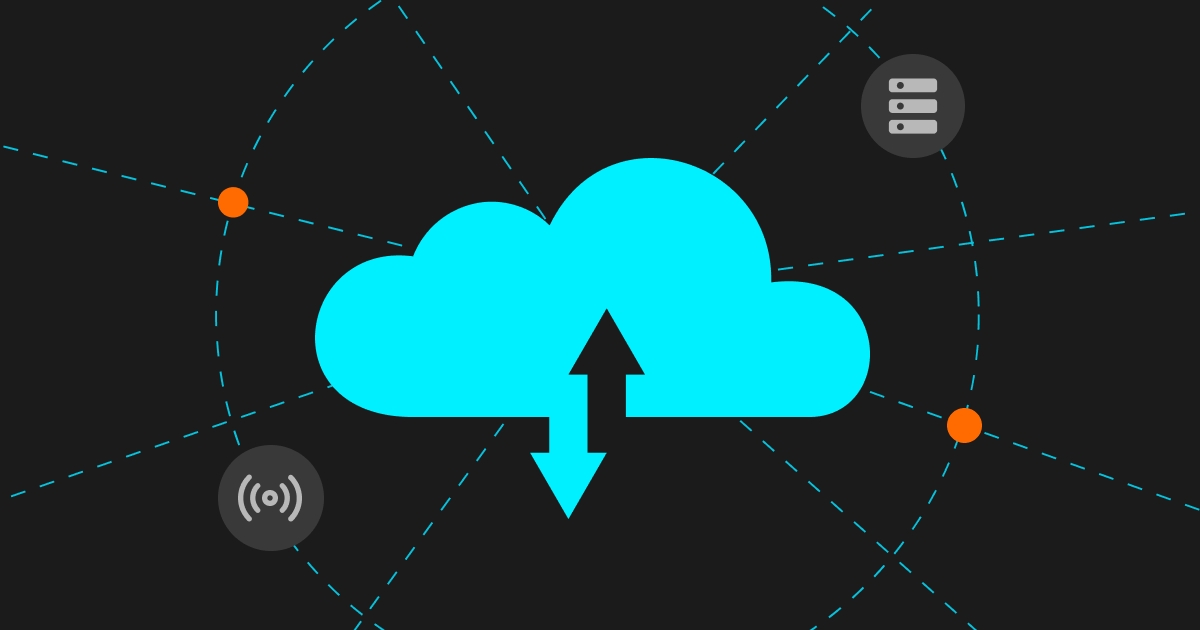
What Is DePIN in Crypto? A Simple Guide to Decentralized Physical Infrastructure Networks
In the world of cryptocurrency, new ideas are constantly emerging. One of the latest and most exciting is DePIN, which stands for Decentralized Physical Infrastructure Networks. This concept is changing how we think about building and managing real-world infrastructure like internet networks, energy systems, and transportation. In this article, we'll explore what DePIN is, how it works, and why it's important.
What Is DePIN?
DePIN stands for Decentralized Physical Infrastructure Networks. It's a way to use blockchain technology to manage physical infrastructure without relying on central authorities or large corporations. Instead, individuals and communities can contribute to and benefit from these networks.
For example, instead of a big company controlling internet access in your area, a DePIN allows people in the community to set up their own internet nodes. They can then earn crypto rewards for providing this service to others.
How Does DePIN Work?
DePINs use blockchain technology to create decentralized networks of physical infrastructure. Here's how it works:
1. Participants Provide Resources: Individuals or organizations contribute physical resources like internet hotspots, energy sources, or storage devices to the network.
2. Blockchain Records Contributions: The blockchain keeps a secure and transparent record of who is contributing what resources.
3. Smart Contracts Manage Operations: Smart contracts—self-executing agreements coded into the blockchain—automatically manage the network's operations, such as distributing rewards or verifying services.
4. Users Access Services: People can use the network's services, like internet access or energy, often paying with cryptocurrency tokens.
5. Rewards Distributed: Contributors earn tokens as rewards for their participation, incentivizing more people to join and support the network.
Why Is DePIN Important?
DePINs offer several advantages over traditional, centralized infrastructure systems:
● Decentralization: By removing central authorities, DePINs reduce the risk of monopolies and increase resilience against failures or attacks.
● Community Empowerment: Communities can build and manage their own infrastructure, leading to more tailored and responsive services.
● Incentivization: Participants are rewarded for their contributions, creating a more equitable system where benefits are shared.
● Innovation: Open participation encourages innovation, as more people can contribute ideas and improvements.
Real-World Examples of DePIN
Several innovative DePIN projects are actively transforming industries by decentralizing infrastructure and services. These projects are listed on Bitget, allowing users to participate in their ecosystems.
Filecoin (FIL)
Filecoin is a decentralized storage network that allows users to store and retrieve data in a secure and efficient manner. It provides an open marketplace for data storage, enabling users to rent out their unused storage space and earn FIL tokens in return. This model exemplifies a DePIN approach to data storage.
Phala Network (PHA)
Phala Network offers a decentralized cloud computing service that ensures data privacy. It enables the execution of computations on encrypted data, allowing for secure and private cloud services. This is particularly valuable for applications requiring confidentiality.
GRASS (GRASS)
GRASS introduces a decentralized data layer aimed at enhancing AI technology. Users can share their internet bandwidth through a network of node operators, who gather raw data refined for AI training. This approach creates a distributed source of network data, bypassing traditional centralized models.
Challenges Facing DePIN
While DePINs offer many benefits, they also face challenges:
● Regulatory Uncertainty: Governments are still figuring out how to regulate decentralized networks, which can create legal uncertainties.
● Technical Complexity: Setting up and maintaining decentralized infrastructure can be technically challenging for some participants.
● Adoption Hurdles: Convincing people to switch from traditional services to decentralized alternatives requires education and trust-building.
The Future of DePIN
Despite these challenges, the future of DePIN looks promising. As technology advances and more people become comfortable with decentralized systems, DePINs could become a common way to manage infrastructure. They have the potential to make services more accessible, affordable, and tailored to community needs.
In summary, DePIN represents a shift towards more democratic and community-driven infrastructure. By leveraging blockchain technology, it empowers individuals to take control of the services they use every day. As this concept continues to grow, it could redefine how we think about and interact with the physical infrastructure around us.
Disclaimer: The opinions expressed in this article are for informational purposes only. This article does not constitute an endorsement of any of the products and services discussed or investment, financial, or trading advice. Qualified professionals should be consulted prior to making financial decisions.



